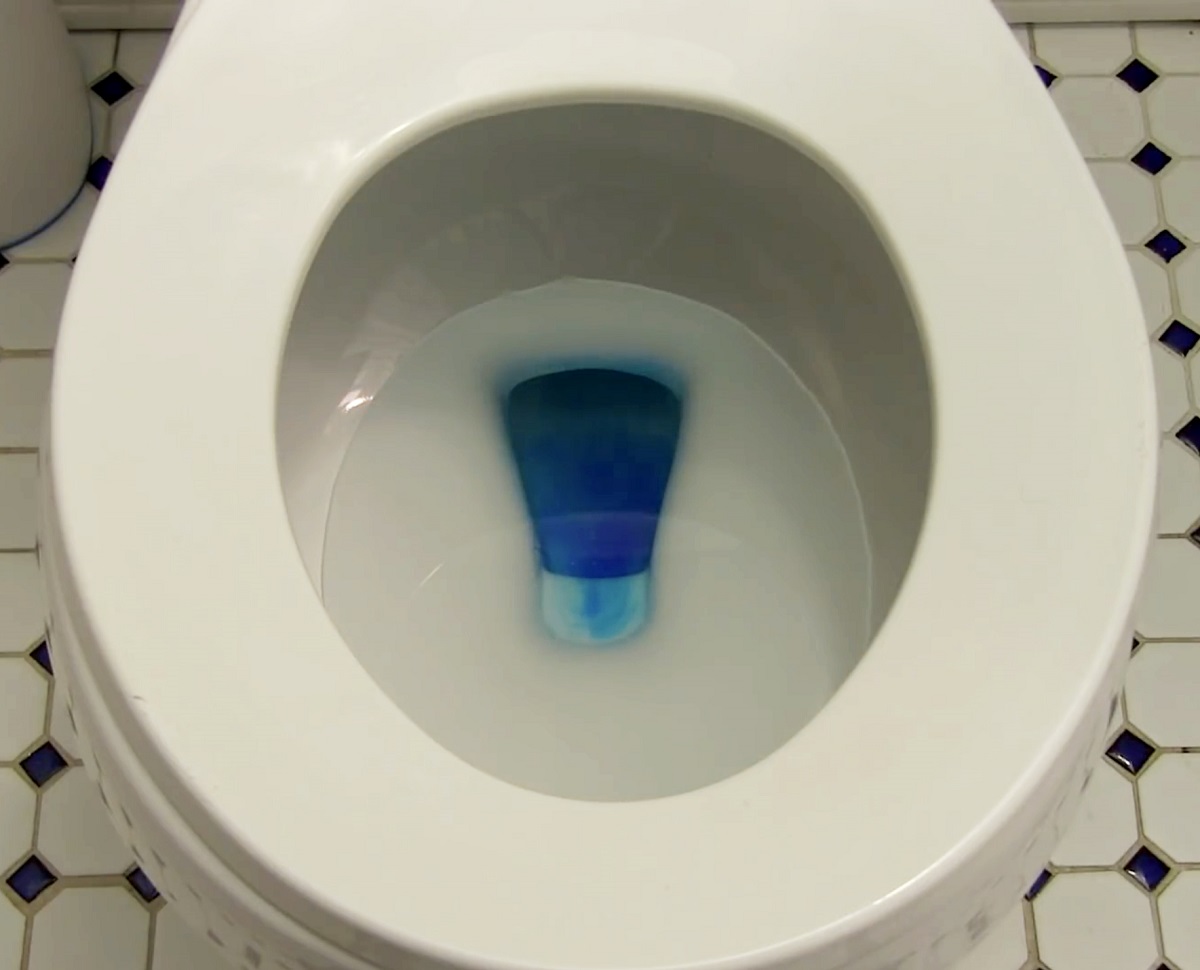

Articles
Why Is My Toilet Water Blue
Modified: March 23, 2024
Discover why your toilet water turns blue with our informative articles. Learn about the causes and find solutions to this common household issue.
(Many of the links in this article redirect to a specific reviewed product. Your purchase of these products through affiliate links helps to generate commission for Storables.com, at no extra cost. Learn more)
Introduction
Have you ever walked into your bathroom, lifted the lid of your toilet, and discovered that the water in the bowl has an unexpected blue hue? If so, you might find yourself wondering why your toilet water has turned blue. While it may seem like a mysterious occurrence, there are actually several possible causes for this phenomenon.
In this article, we will explore the various reasons why your toilet water may appear blue, the potential effects it can have on your plumbing system, and how to prevent and treat this issue. So let’s dive in and unravel the mystery of the blue toilet water!
Key Takeaways:
- Blue toilet water can be caused by chemicals, bacteria, medication, or plumbing issues. Prevent and treat it by using non-colored cleaning products, maintaining water chemistry, and addressing plumbing problems promptly.
- Blue toilet water may lead to staining, misidentification of plumbing issues, water quality concerns, and health and safety considerations. Take proactive measures to prevent and treat it, ensuring a problem-free bathroom experience.
Read more: Why Is My Toilet Seat Turning Blue Pregnant
Causes of Blue Toilet Water
There are several factors that can contribute to the blue coloration of toilet water. Let’s take a closer look at some of the common causes:
- Presence of Chemicals: One of the primary causes of blue toilet water is the use of chemical cleaning products or toilet bowl cleaners that contain blue dye. These dyes are designed to enhance the appearance of the water and provide a clean and fresh look to the toilet bowl. When these cleaning products are used, they dissolve in the water, resulting in the characteristic blue color.
- Bacterial Growth: In some cases, a specific type of bacteria called Pseudomonas aeruginosa, which produces a bluish pigment, can grow in the toilet tank or bowl. This bacterial growth is more likely to occur if the toilet is not regularly cleaned or if the water in the tank is not properly maintained. The presence of this bacteria can lead to the development of blue or greenish-blue streaks in the toilet water.
- Water Source: Another potential cause of blue toilet water is the source of the water itself. If your home’s water supply contains high levels of copper or other minerals, it can give the water a blue tint. This discoloration can transfer to the toilet bowl, resulting in blue toilet water.
- Medication Usage: Certain medications and supplements that are excreted through urination can also cause temporary blue or green discoloration of the toilet water. Examples of these medications include certain antibiotics and diuretics. If you are taking any medication and notice a change in the color of your toilet water, it may be advisable to consult with your healthcare provider.
- Plumbing Issues: In some cases, blue toilet water may be a symptom of a plumbing problem. Corroded pipes or fittings, particularly those made of copper, can contribute to the blue discoloration of the water. If you suspect that plumbing issues are the cause of the blue toilet water, it is recommended to contact a professional plumber to assess and resolve the problem.
Now that we have identified some of the common causes of blue toilet water, let’s explore the potential effects it can have on your plumbing system.
Effects of Blue Toilet Water
The presence of blue toilet water may not seem like a significant issue, but it can have some effects on your plumbing system and overall water quality. Here are a few potential repercussions to be aware of:
- Staining: Blue toilet water caused by chemicals or minerals can sometimes result in staining on the toilet bowl or tank. These stains can be difficult to remove and may require specialized cleaning products or professional intervention.
- Misidentification of Plumbing Issues: If your toilet water is consistently blue, it can mask other plumbing problems that may be occurring. For instance, a hidden toilet leak or pipe corrosion may go unnoticed if the water is always colored blue. It is essential to address and resolve any underlying issues to prevent further damage to your plumbing system.
- Water Quality Concerns: If your blue toilet water is due to high levels of minerals or contaminants in the water, it may raise concerns about the overall quality of your water supply. Excessive levels of copper or other minerals can affect the taste, smell, and safety of the water you use for drinking, cooking, and bathing.
- Aesthetic Appeal: The presence of blue toilet water may be visually unappealing to some individuals. While it may not be a major concern, it can detract from the overall ambiance and cleanliness of your bathroom.
- Health and Safety: In rare cases, blue or green discoloration in the toilet water may indicate the presence of harmful bacteria. If you notice a persistent blue or green color, along with foul odors or other signs of contamination, it is crucial to contact a professional for proper diagnosis and treatment.
Now that we understand the effects of blue toilet water, let’s move on to discuss methods for preventing and treating this issue.
Prevention and Treatment of Blue Toilet Water
Fortunately, there are steps you can take to prevent and treat blue toilet water. Here are some effective methods:
Prevention:
- Use Non-Colored Cleaning Products: When cleaning your toilet, opt for non-colored cleaning products that do not contain blue dyes. This will help prevent the water from turning blue due to the chemicals in the cleaning solution.
- Maintain Proper Water Chemistry: Ensure that your toilet tank water is properly balanced. If your water source contains high levels of minerals, consider using a water treatment system or installing a water softener to reduce the mineral content.
- Regular Cleaning: Maintain regular cleaning practices for your toilet, including regular scrubbing of the bowl and tank. This will minimize the growth of bacteria and prevent the development of blue or green streaks in the water.
- Fix Plumbing Issues: If you suspect that plumbing issues are causing the blue toilet water, such as corroded pipes or fittings, it is important to address these problems promptly. Contact a professional plumber to assess the situation and make any necessary repairs or replacements.
Read more: Why Did My Toilet Seat Turn Blue
Treatment:
- Flush the System: If the blue coloration is caused by chemicals or cleaning products, flushing the toilet multiple times can help dilute and remove the dye from the water.
- Clean with Vinegar: For blue or green stains caused by bacteria or mineral deposits, a mixture of vinegar and water can be used to clean the affected areas. Let the solution sit for a few minutes, then scrub and rinse thoroughly.
- Consult a Professional: If you have tried prevention and treatment methods but the blue toilet water persists or is accompanied by other concerning symptoms, it is advisable to consult a professional plumber or water quality expert. They can evaluate your plumbing system and determine the cause of the issue, providing appropriate solutions tailored to your specific situation.
By implementing these preventive measures and applying the suggested treatment options, you can maintain clear and colorless toilet water. Now, let’s conclude our discussion on blue toilet water.
Toilet water may turn blue if you use a cleaning product containing blue dye or a blue toilet bowl tablet. Check the products you use and consider switching to a dye-free option if you prefer clear water.
Conclusion
Blue toilet water can be an unexpected and puzzling phenomenon, but it is important to understand the possible causes, effects, and remedies associated with it. Whether the blue coloration is due to chemicals, bacterial growth, water source issues, medication usage, or plumbing problems, there are steps you can take to prevent, treat, and address this issue.
Prevention measures such as using non-colored cleaning products, maintaining proper water chemistry, regular cleaning, and addressing plumbing issues promptly can help minimize the occurrence of blue toilet water. If you do encounter blue toilet water, flushing the system, cleaning with vinegar, and seeking professional assistance when needed are effective treatment options.
Remember, blue toilet water can have some effects on your plumbing system, water quality, and aesthetic appeal. Staining, misidentification of plumbing issues, water quality concerns, and health and safety considerations are among the potential repercussions. It’s important to address any persistent blue coloration and associated symptoms to ensure the well-being of your plumbing system and the safety of your water supply.
By staying proactive in maintaining your toilet and plumbing system and seeking professional guidance when necessary, you can keep your toilet water clear and free from any unusual hues. If you have concerns or questions about your specific situation, do not hesitate to consult a professional plumber or water quality expert for further assistance.
Now armed with knowledge about the causes, effects, prevention, and treatment of blue toilet water, you can tackle this issue with confidence and ensure a pleasant and problem-free bathroom experience.
Frequently Asked Questions about Why Is My Toilet Water Blue
Was this page helpful?
At Storables.com, we guarantee accurate and reliable information. Our content, validated by Expert Board Contributors, is crafted following stringent Editorial Policies. We're committed to providing you with well-researched, expert-backed insights for all your informational needs.
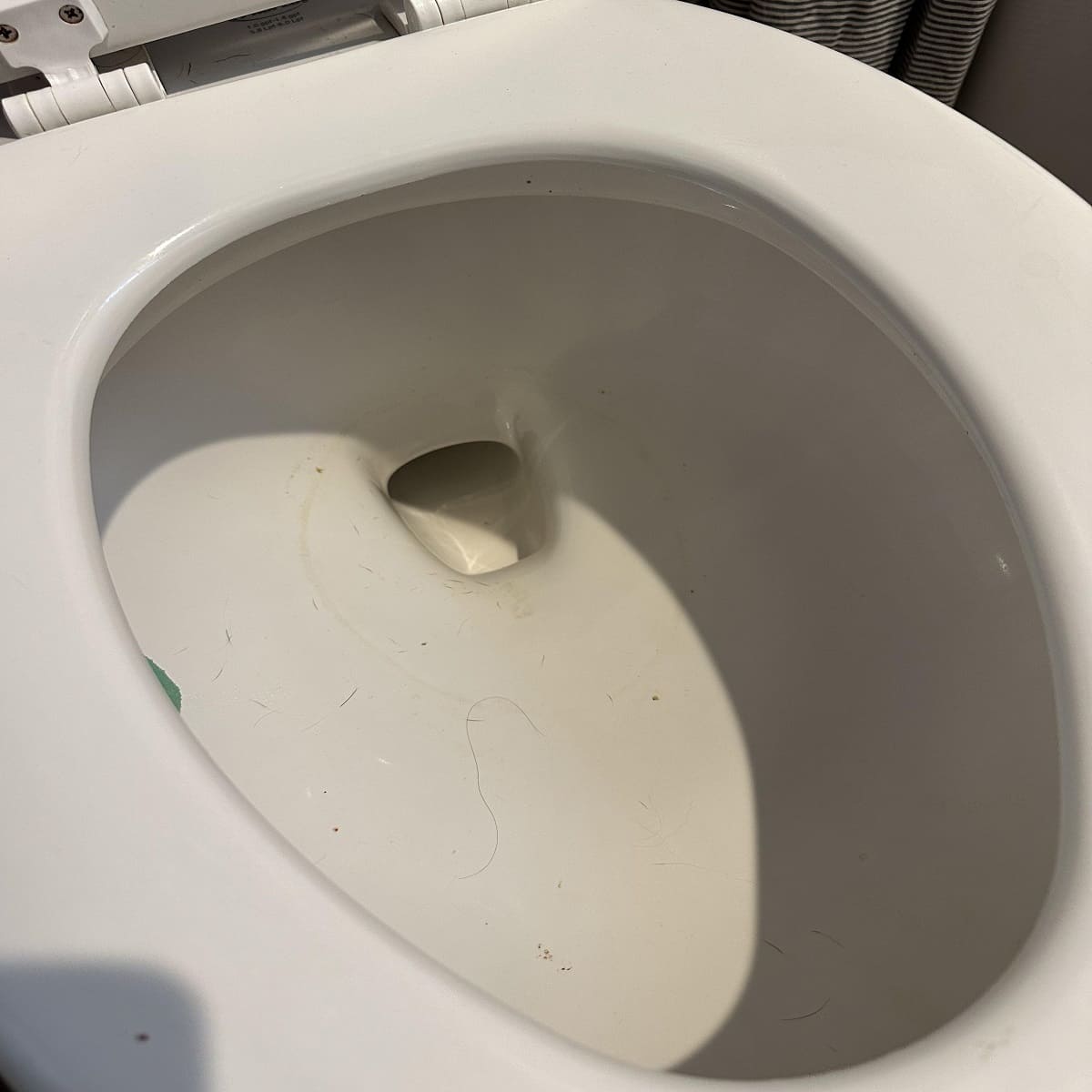
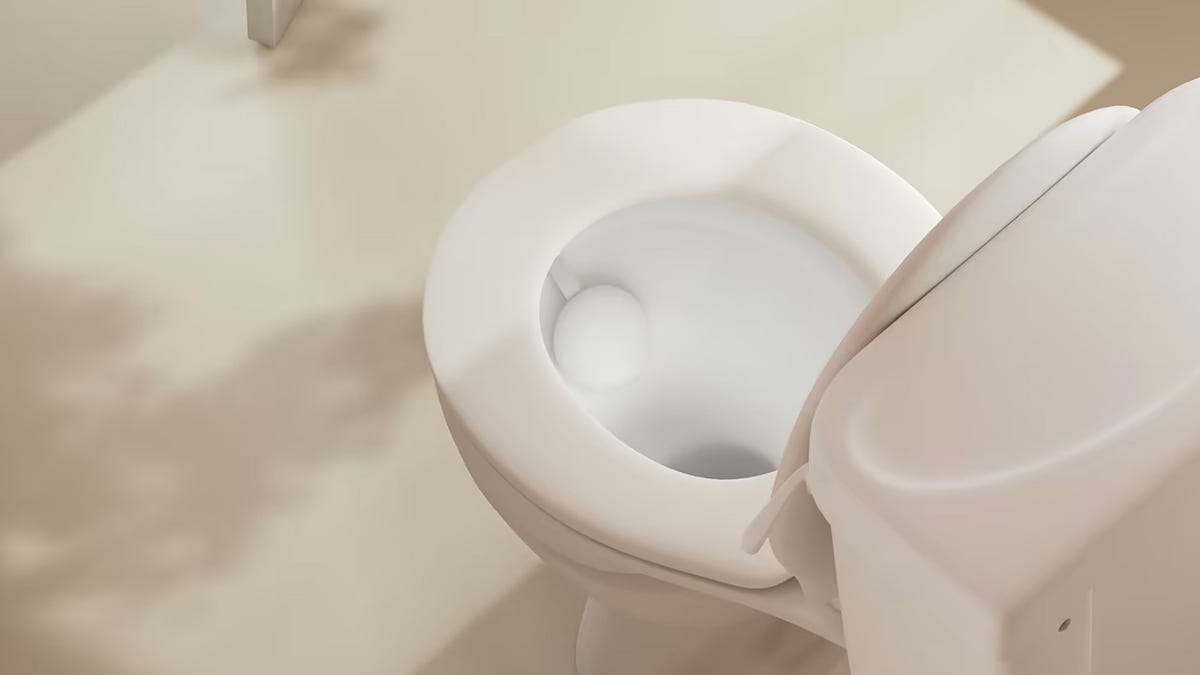
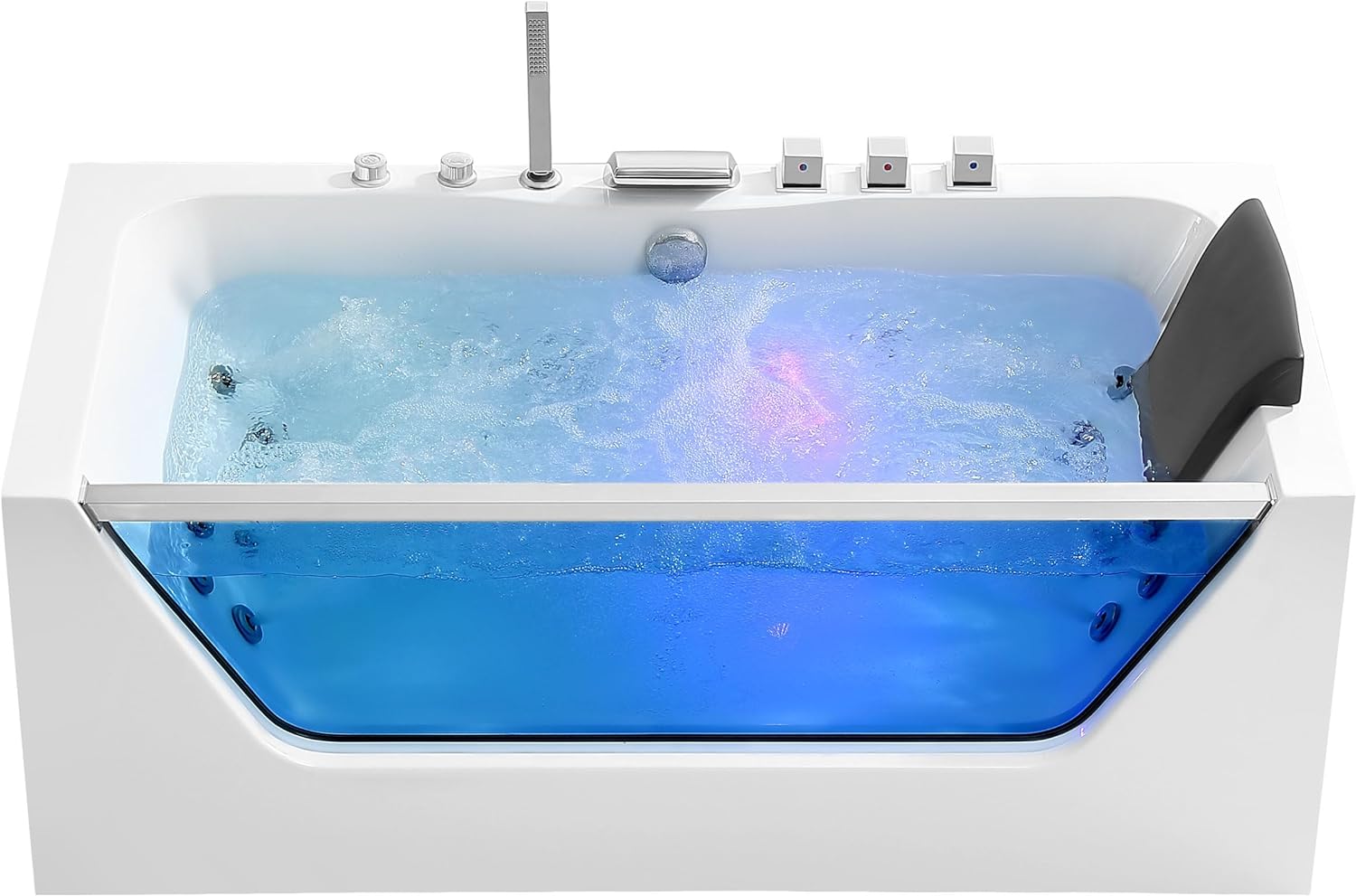
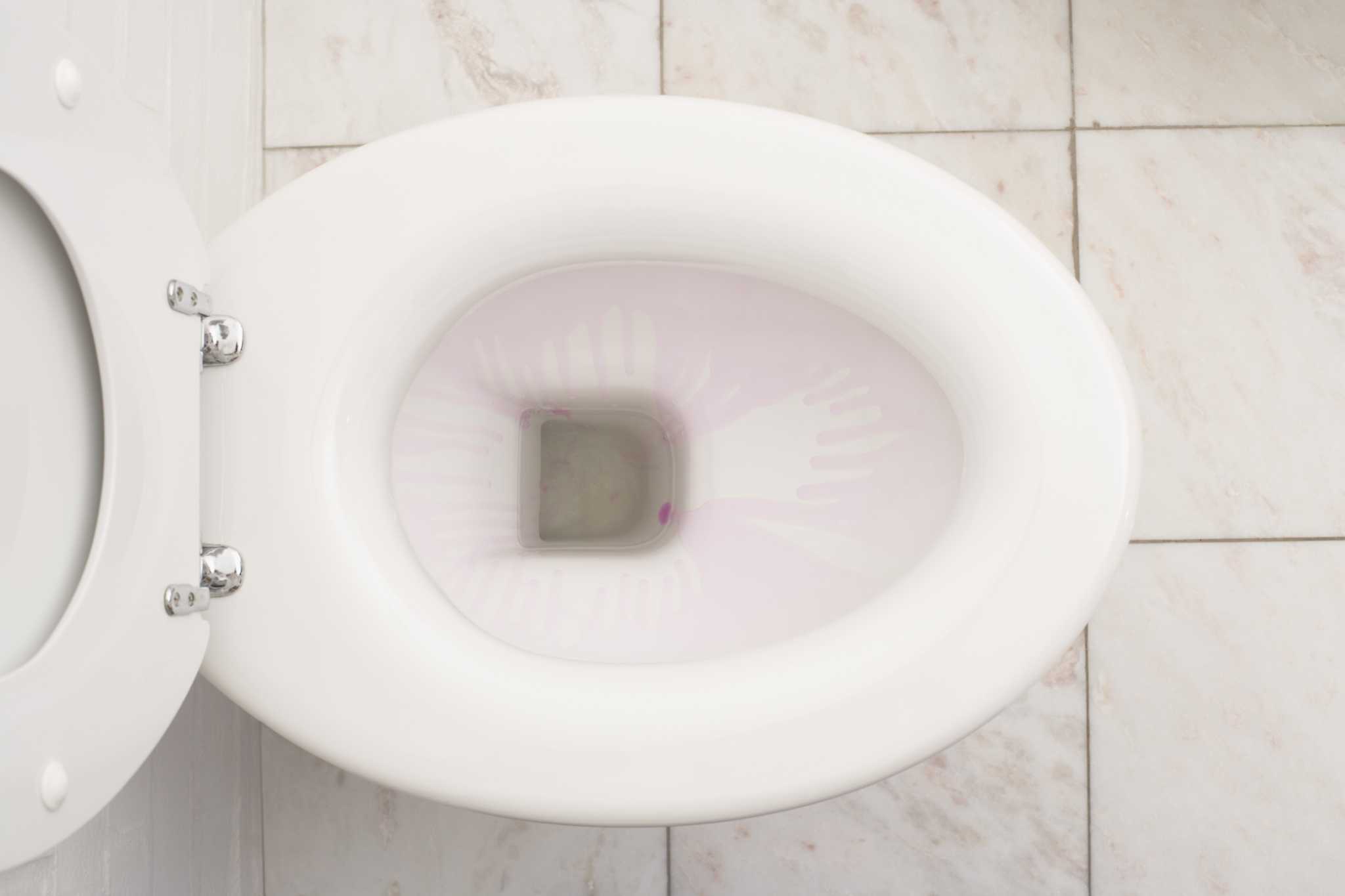
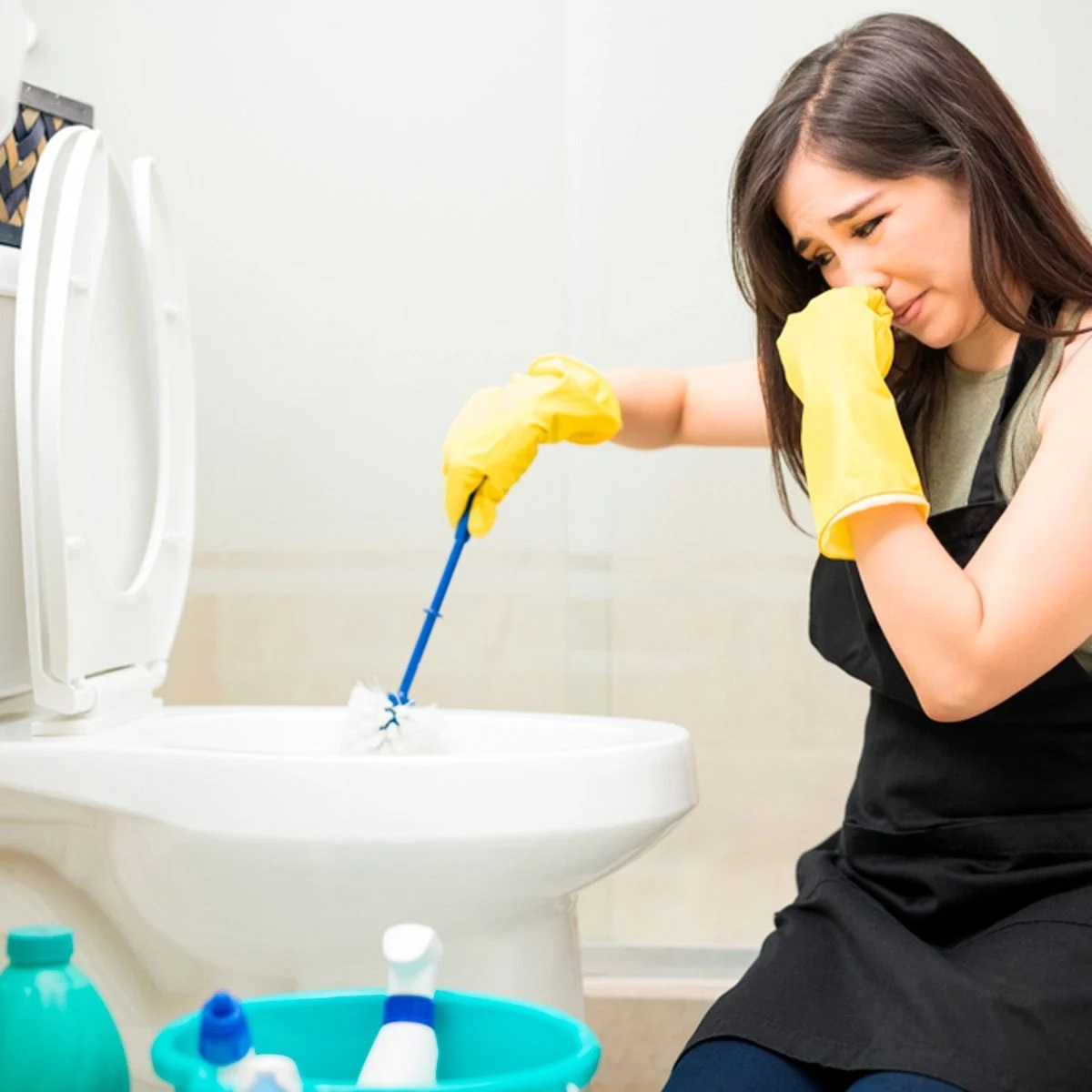


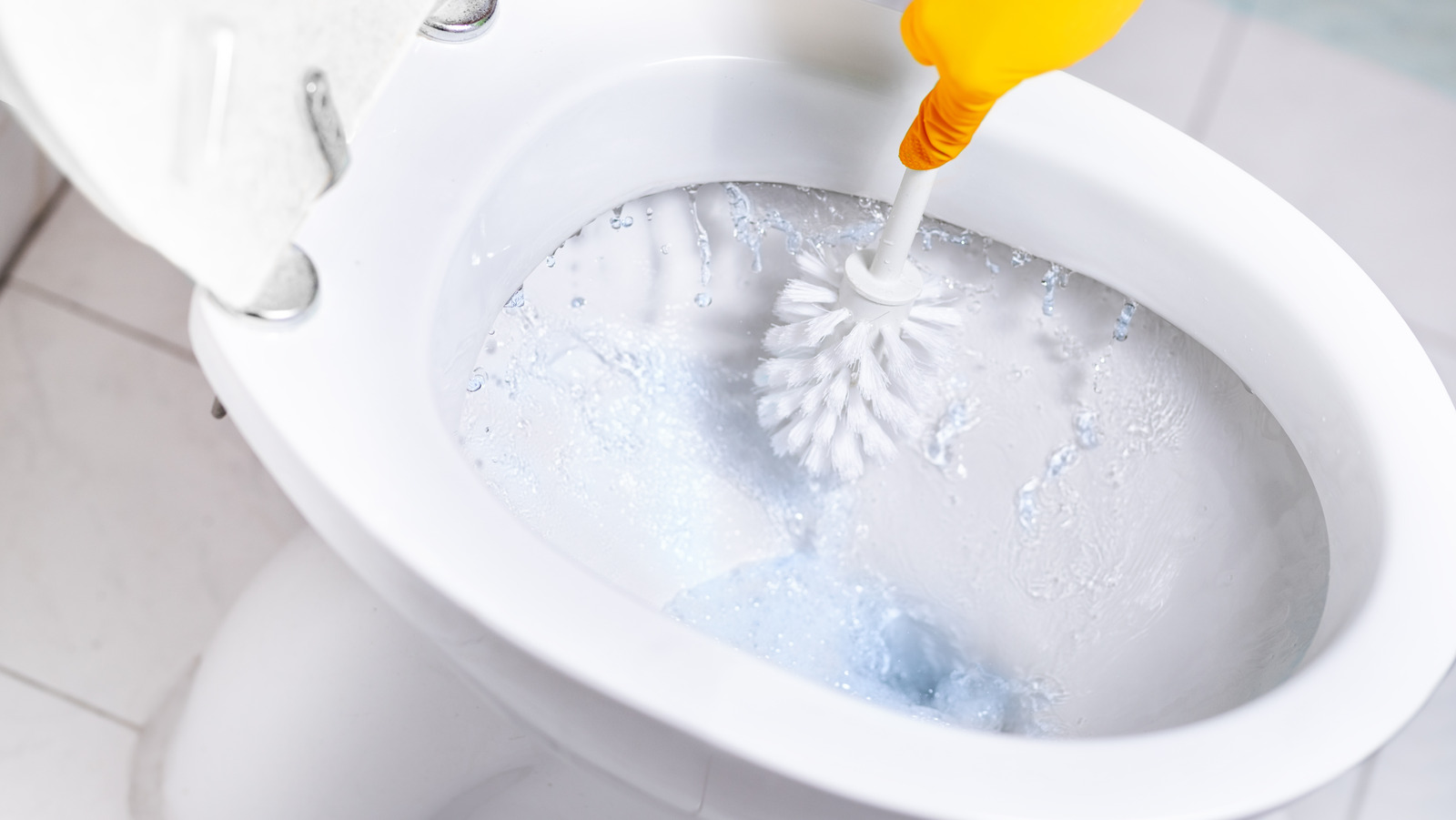

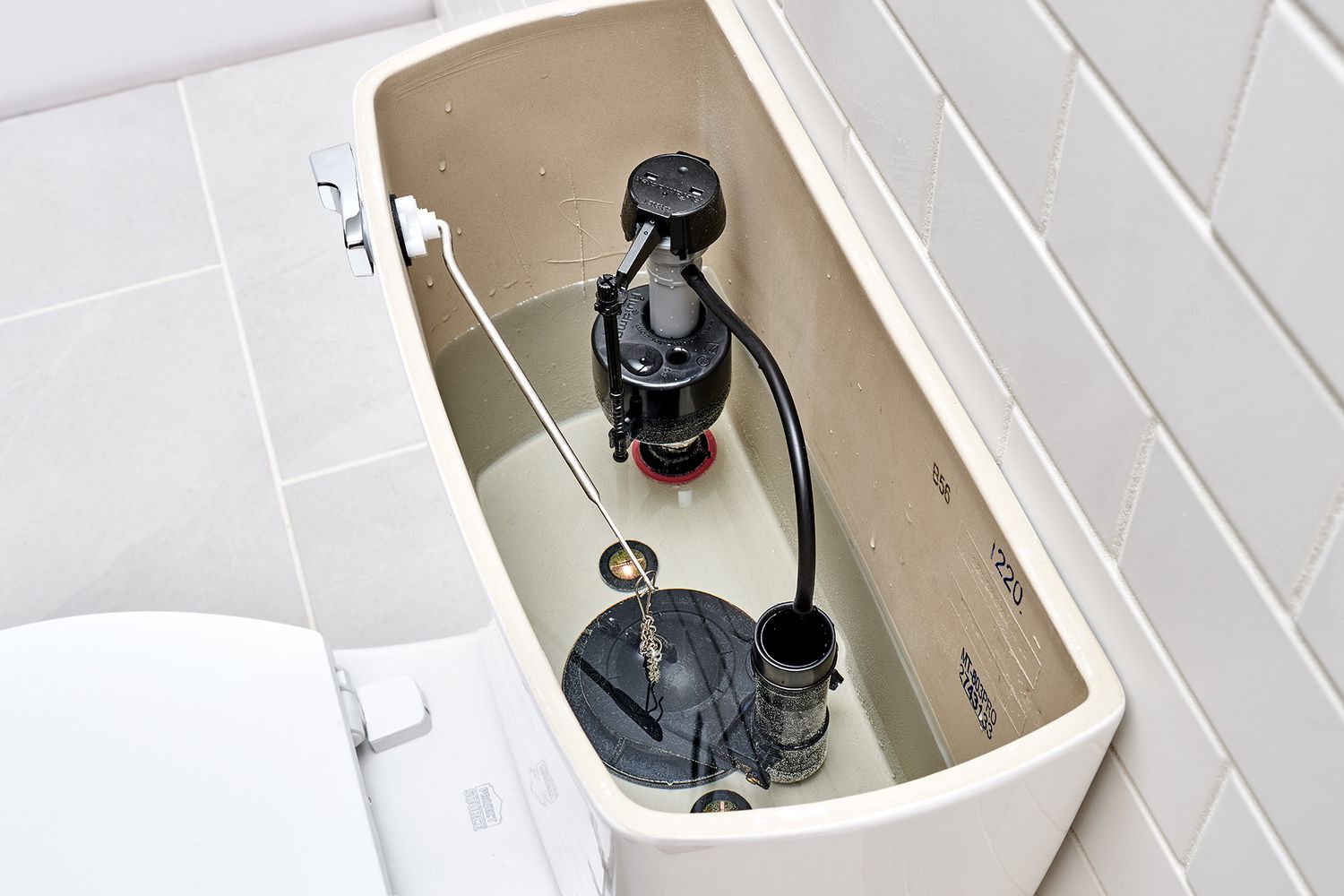
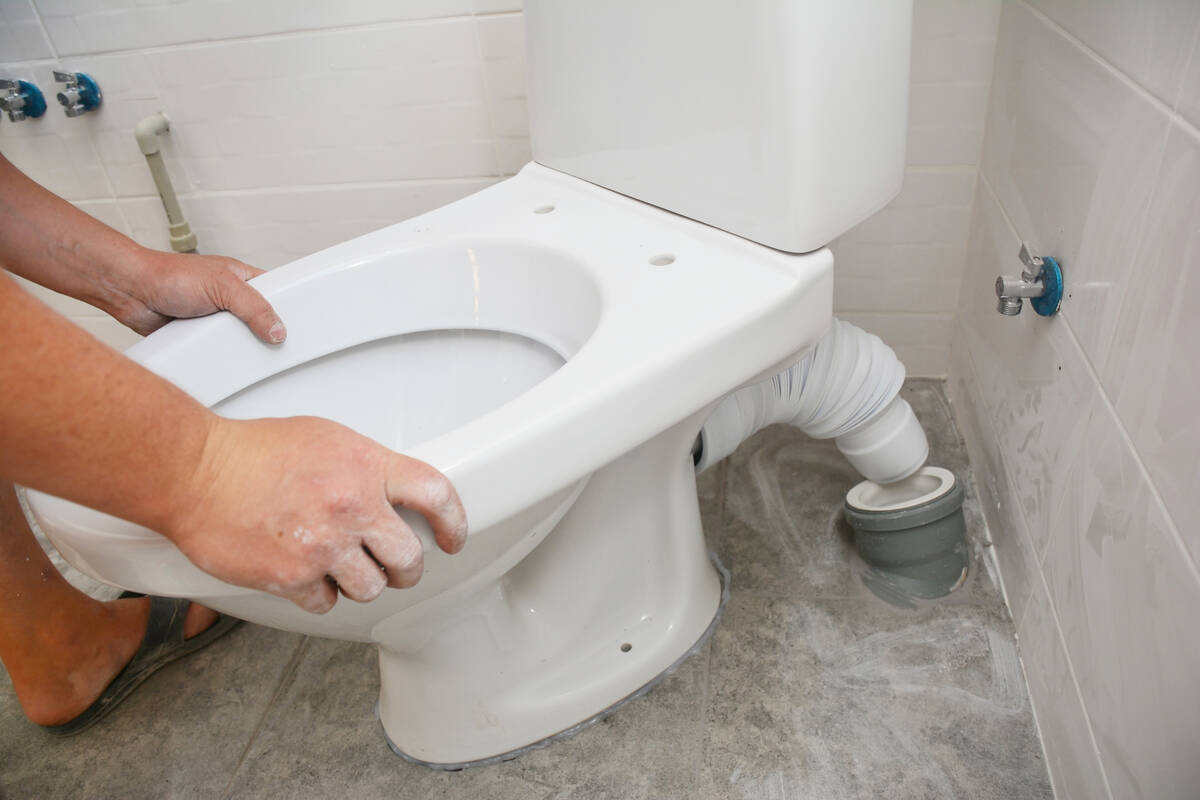
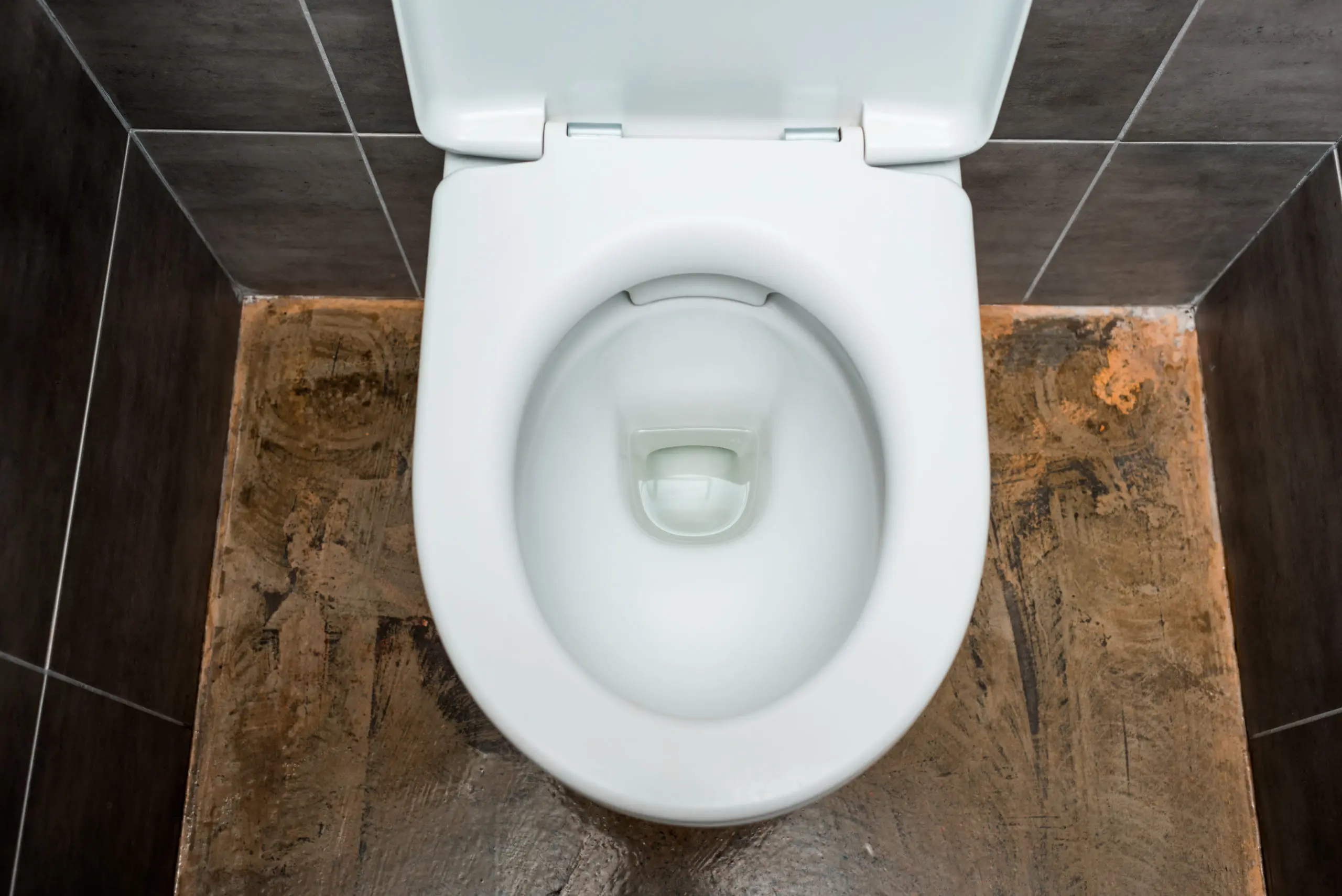
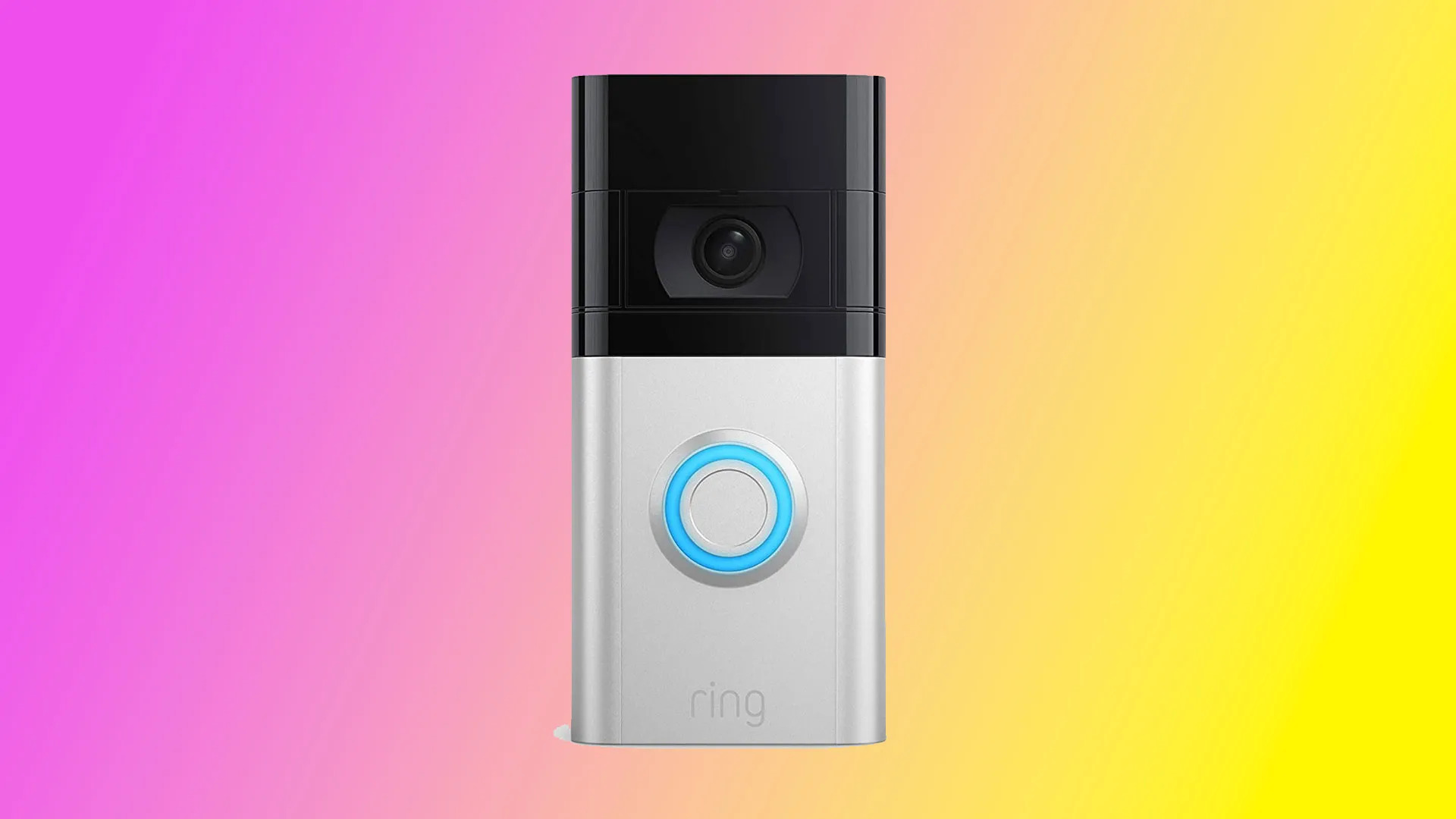
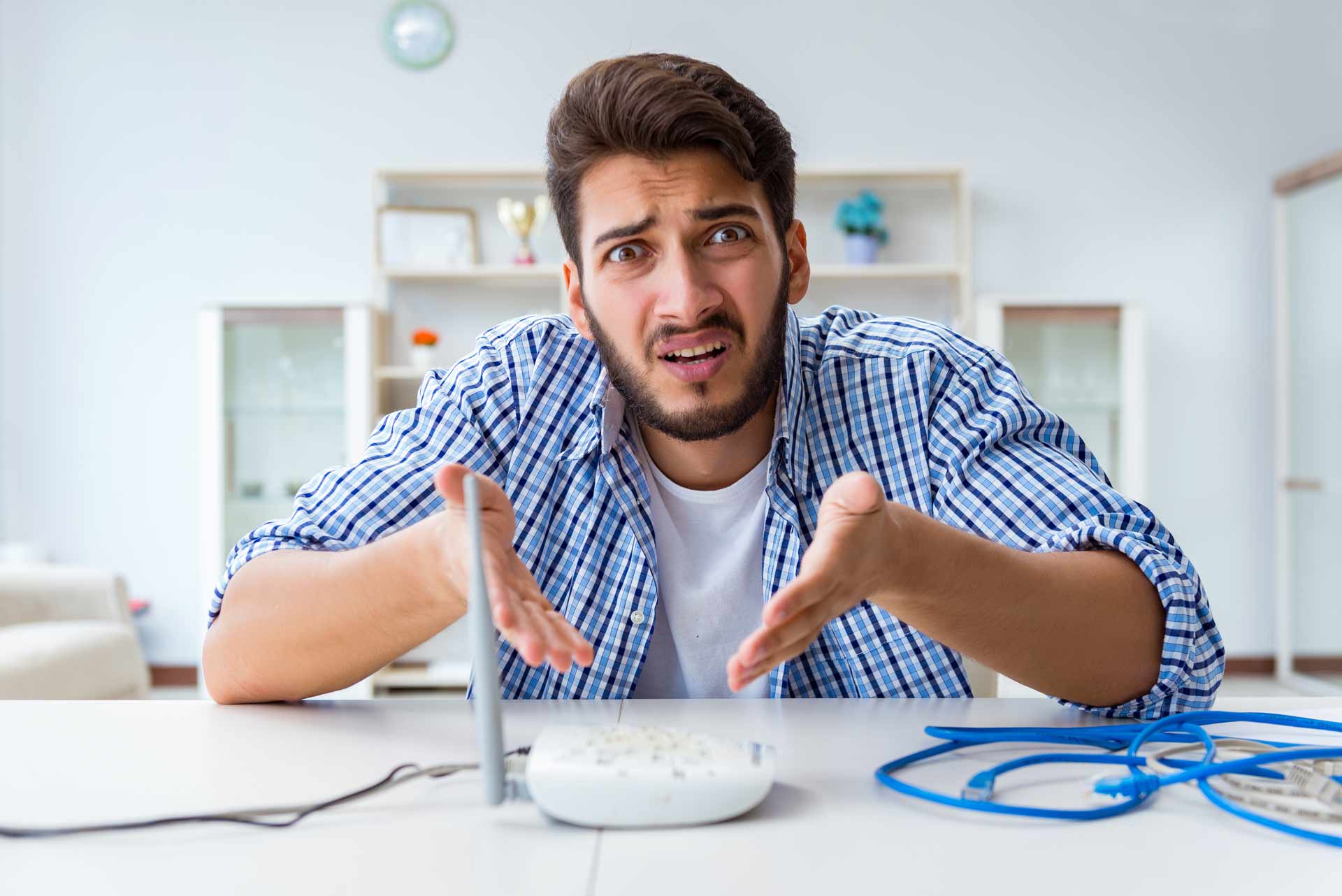

0 thoughts on “Why Is My Toilet Water Blue”